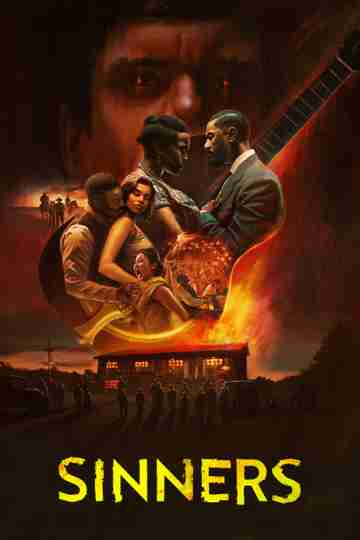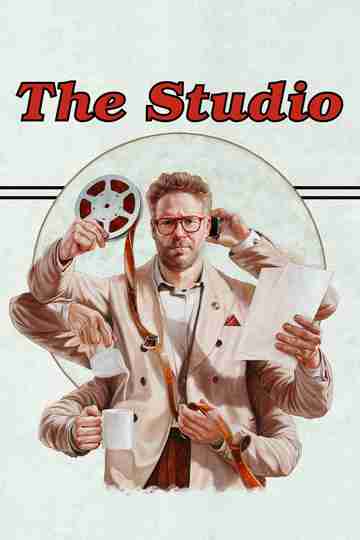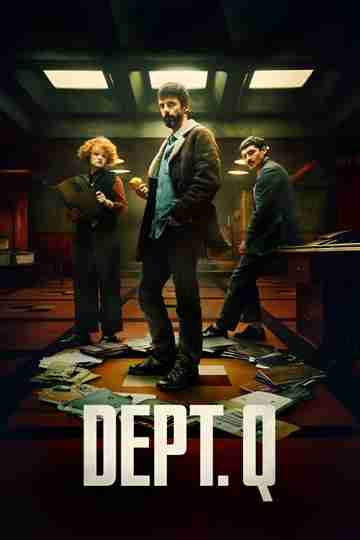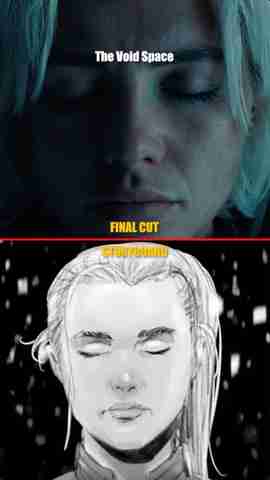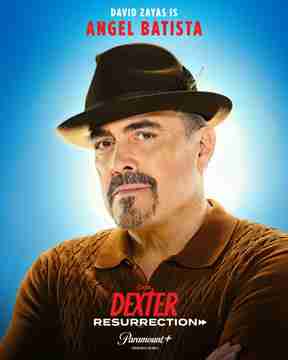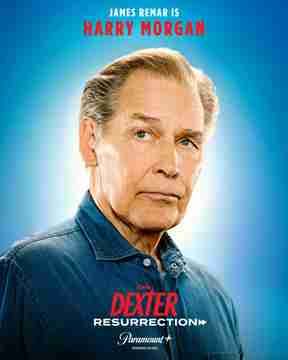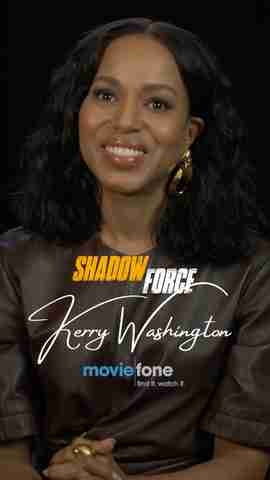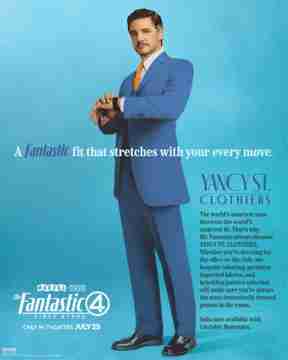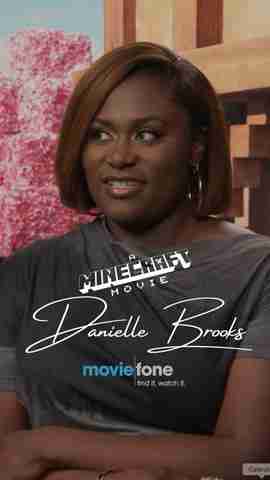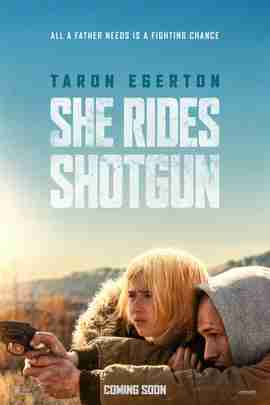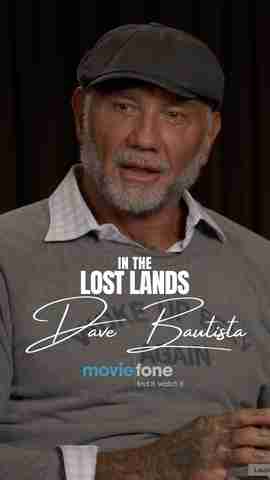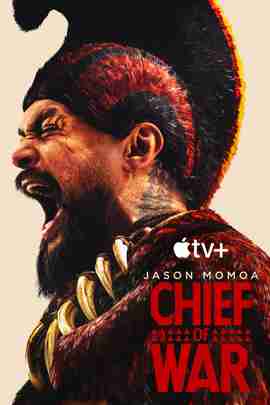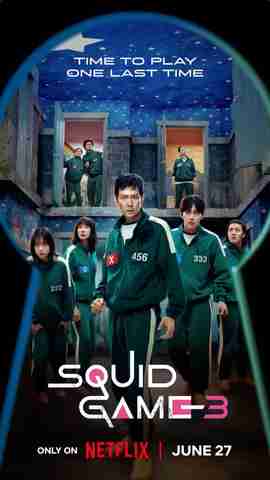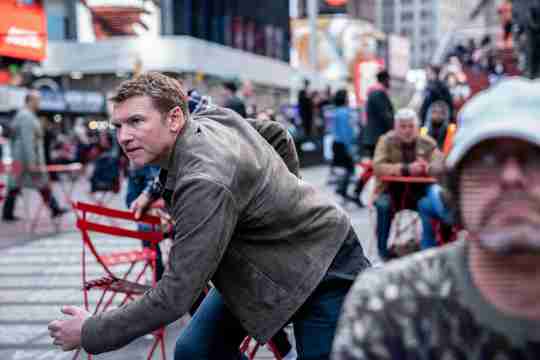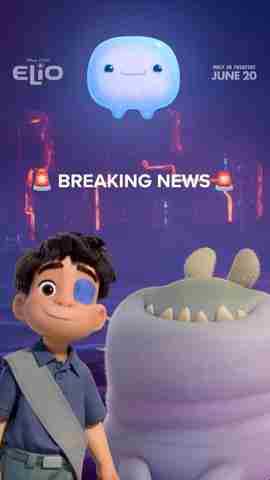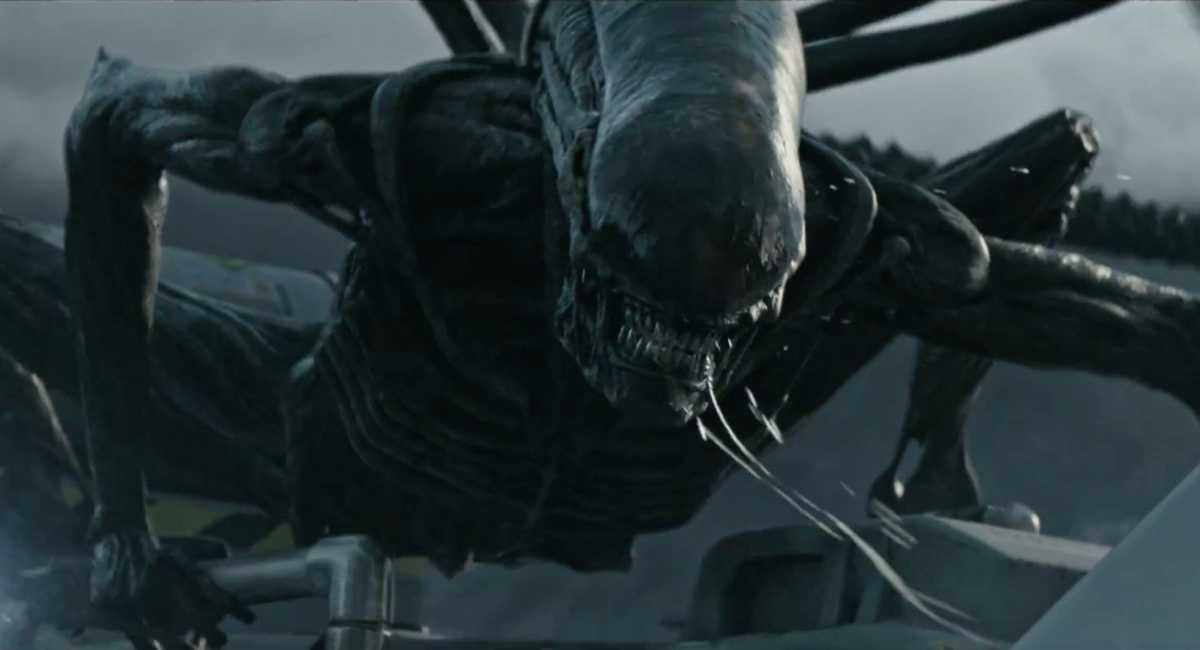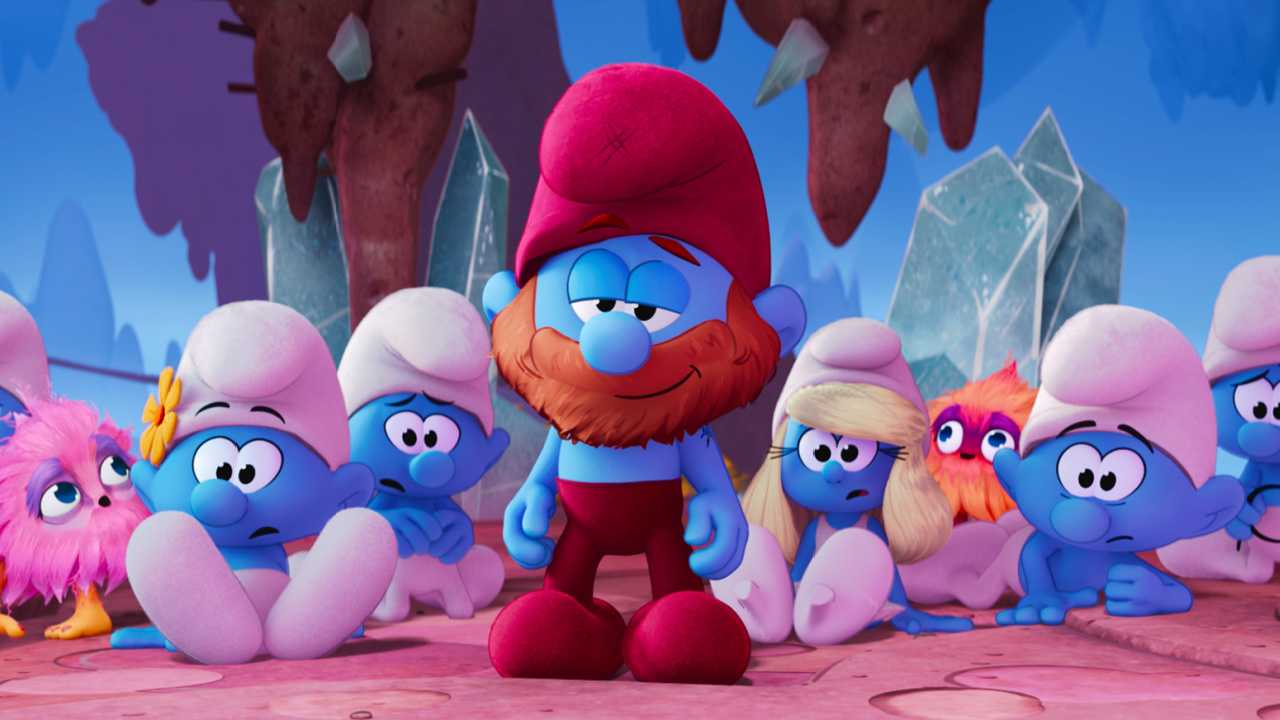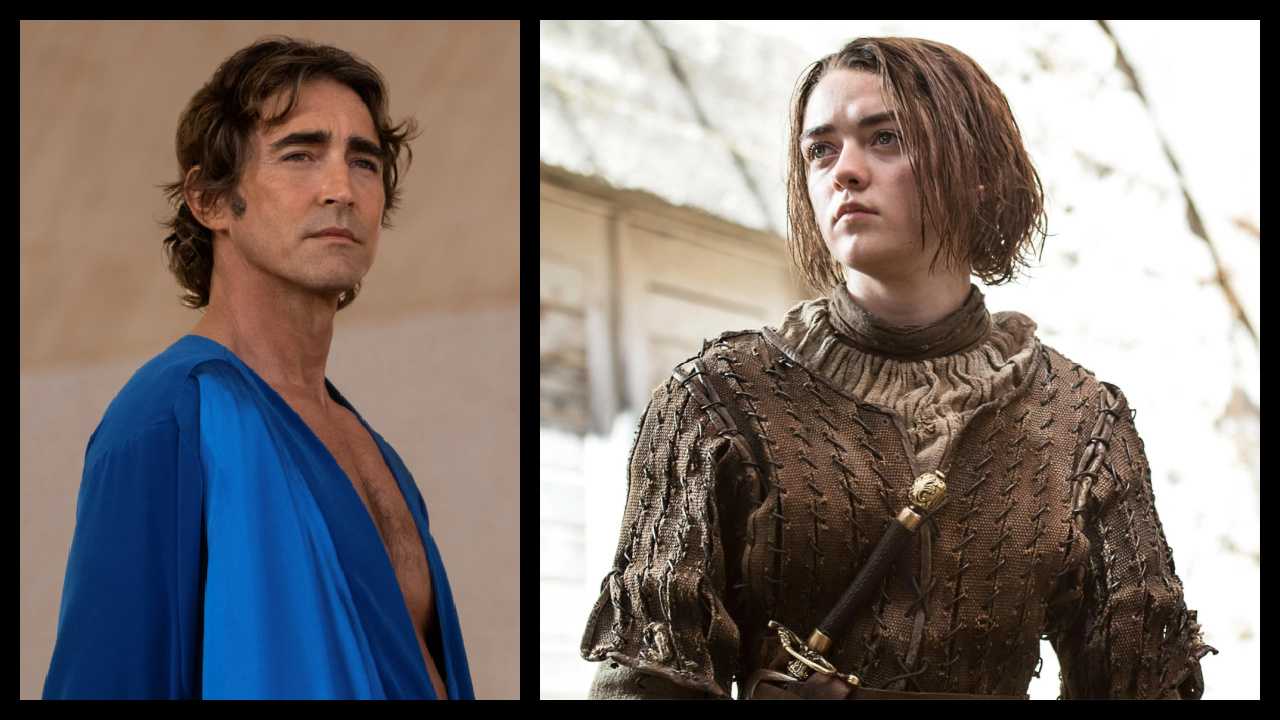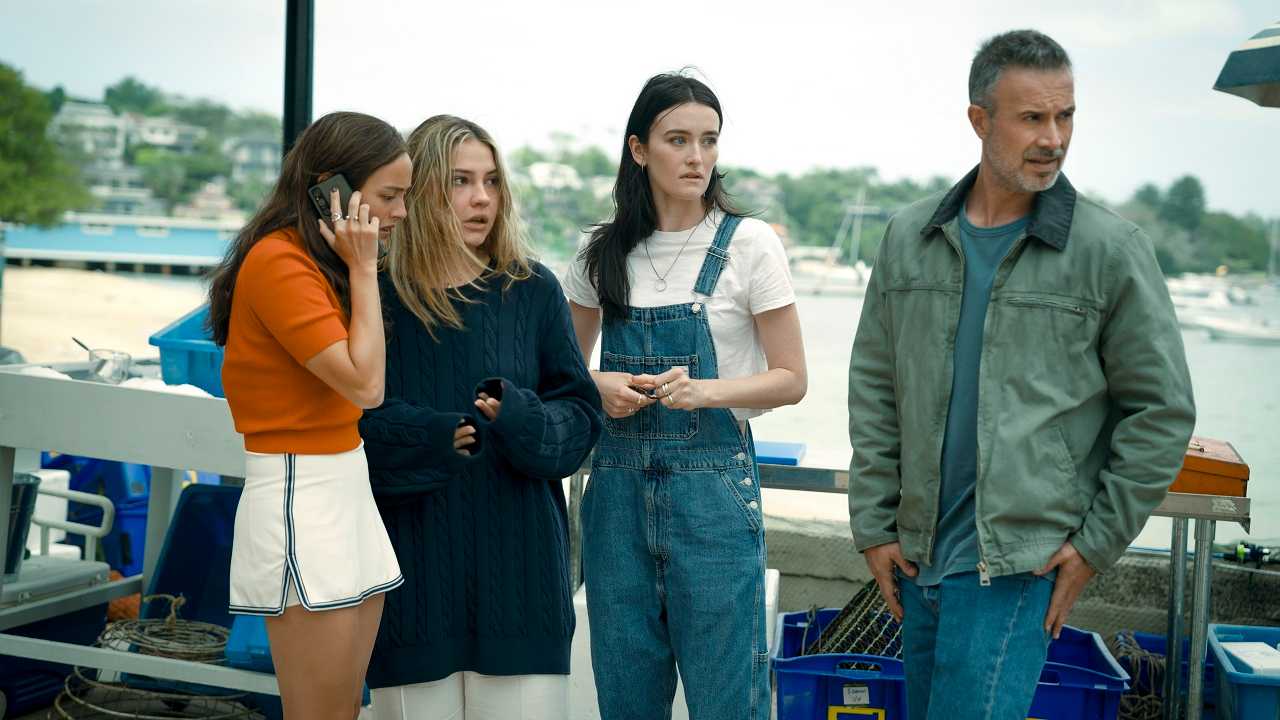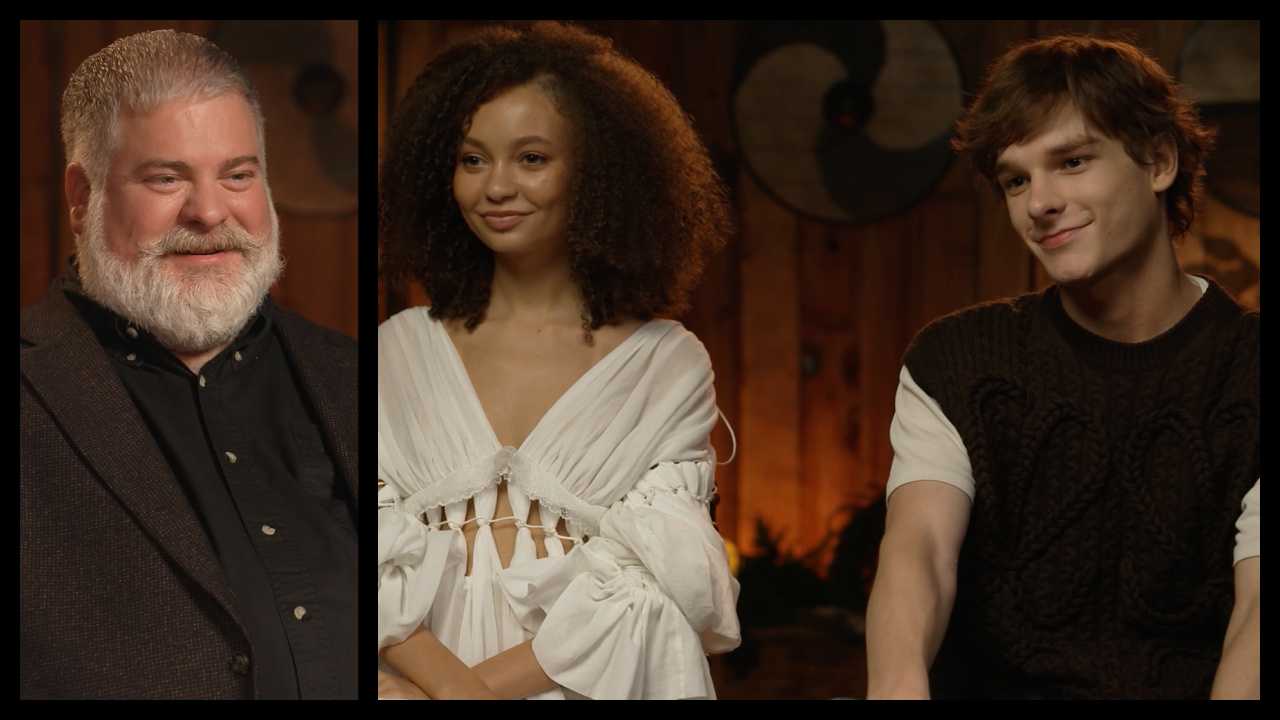Producer Fede Alvarez Talks Netflix’s ‘Texas Chainsaw Massacre’
The director of ‘Evil Dead’ and ‘Don’t Breathe’ discusses producing and developing the story for the sequel to the 1974 horror classic.

Mark Burnham as Leatherface in Netflix's 'Texas Chainsaw Massacre.'
Premiering on Netflix beginning on February 18th is the direct sequel to the classic 1974 horror film ‘The Texas Chain Saw Massacre,’ entitled ‘Texas Chainsaw Massacre.’ Directed by David Blue Garcia (‘Tejano’) and written by Chris Thomas Devlin (‘Cobweb’), the movie is based on a story developed by ‘Don’t Breathe’ director Fede Alvarez, who is also a producer on the film.
The new story picks up several decades after the original film and focuses on the serial killer Leatherface (Mark Burnham), who targets a group of young entrepreneurs that purchase an abandoned town in Texas. The deranged killer eventually comes face to face with Sally Hardesty (Olwen Fouere), a vengeful survivor of his original murders.
In addition to Burnham and Fouere, the cast also includes Sarah Yarkin (‘Happy Death Day 2U’), Elsie Fisher (‘Eight Grade’), Jacob Latimore (‘The Maze Runner’), Nell Hudson (‘The Queen Mary’), William Hope (‘Aliens’), Alice Krige (‘Thor: The Dark World’), and John Larroquette (‘Stripes’) reprising his role from the original as the Narrator.
Filmmaker Fede Alvarez is no stranger to rebooting classic horror franchises as he made his feature film directorial debut with 2013’s ‘Evil Dead.’ Alvarez went on to direct the box office hit ‘Don’t Breathe,’ as well as write and produce its sequel, ‘Don’t Breathe 2.’ He also directed ‘The Girl in the Spider’s Web,’ which was a soft-sequel/reboot to David Fincher’s ‘The Girl with the Dragon Tattoo.’ He now returns to the horror genre with ‘Texas Chainsaw Massacre,’ of which he developed the story and also produced.
Moviefone recently had the pleasure of speaking exclusively with Fede Alvarez about his work on ‘Texas Chainsaw Massacre.’ The producer discussed the new movie, his love for the franchise, creating the new story and characters, what he learned from rebooting ‘Evil Dead,’ the importance of bringing back Sally Hardesty and John Larroquette as the narrator, his favorite scares, and why Leatherface has become so iconic.
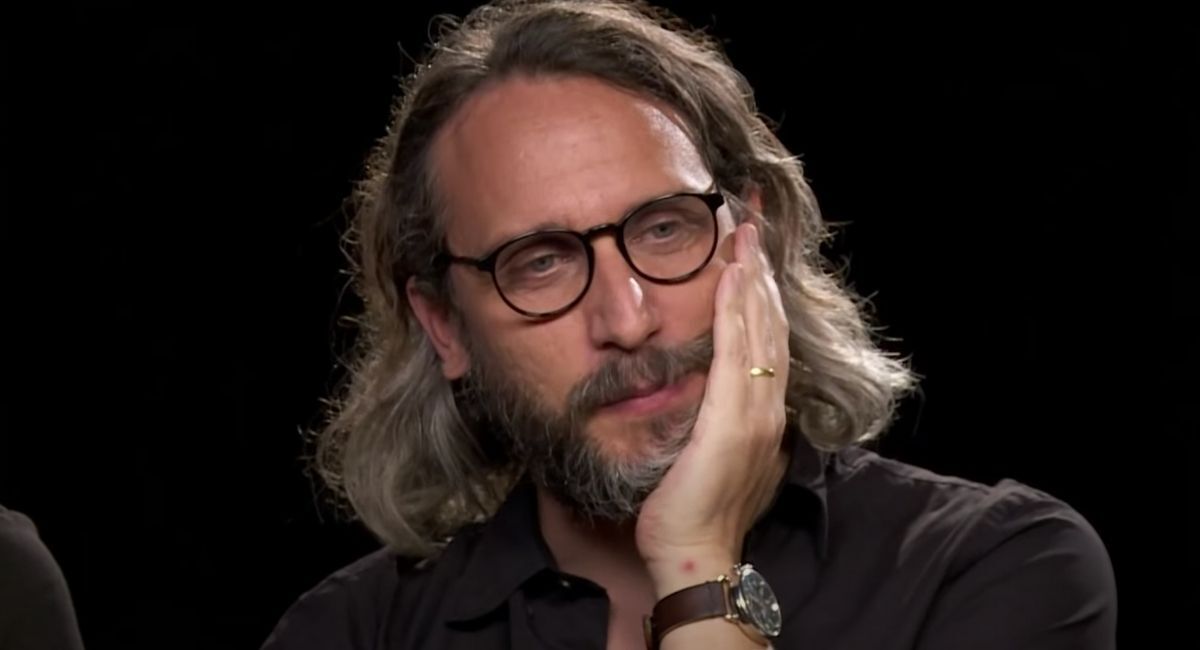
'Texas Chainsaw Massacre' Producer Fede Alvarez.
Here is what Fede Alvarez had to say about ‘Texas Chainsaw Massacre.’
Moviefone: To begin with, when did you first see ‘The Texas Chainsaw Massacre’ and fall in love with the franchise?
Fede Alvarez: I'll tell you. I probably watched the original when I was too young to watch it and I regret it. It was part of that group of horror movies that you thought was just another movie like ‘A Nightmare on Elm Street’ and you would have a laugh. Then this one probably alongside with ‘The Evil Dead’ are those that are like, "Oh God. What have I done," when I watched this movie. Just too terrifying for my age. But then I think I really loved it, the franchise.
I think it's when I watched the 2003 remake that Marcus Nispel directed when they rebooted back then. The movie was so stylized, and it showed the timeless theme of the cultural clash between the countryside and the city. It never expires. It's always a great theme for a horror movie.
MF: What did you learn about rebooting popular horror franchises from directing ‘Evil Dead’ that you were able to apply to your work producing this project?
FA: Something I definitely learned on ‘Evil Dead’ was that those movies are such classics and they come from the times where movies were done differently. Where everything was crude and real, and there was no CGI. Even ‘Texas Chain Saw,’ when I was a kid, I remember watching it thinking it was real. I thought I was actually watching some documentary, something that had actually happened. That adds such a great layer of terror for the experience of watching the film.
So, I think that was something I always wanted to bring back to the new movie. So, that's how we shot ‘Evil Dead.’ Everything was on camera. The blood was actually practical blood. It was not CG. So, there wasn't a computer graphic. Every monster in the movie was a person in a suit.
That sort of thing adds some crudeness to it that the true horror fans always love. I think any movie fan loves to watch something they feel is real, particularly for horror. So, that's the same we did in ‘Texas Chainsaw.’ We just really wanted everything we shoot to be with technology that was available in the '70s. Obviously, cameras are digital, but then everything that happens on camera including the way they do tricks, the way they do blood; a blood rig is exactly how they would've done it back then. So, that adds some authenticity, I would say, to the film.
MF: Was it always the plan for this movie to be a direct sequel to the original, and not incorporate any of the elements from the other films?
FA: I think what this is, is part of the original franchise. What it's not, because it couldn't be even if you wanted, is part of the one that was rebooted in the 2000s. The Marcus Nispel movie and what followed that, and a couple more that came after that. I think because that's a different canon, I would say. This is part of the original canon of the original ‘Texas Chain Saw Massacre,’ ‘The Texas Chainsaw Massacre 2,’ ‘Leatherface: The Texas Chainsaw Massacre III,’ and ‘Texas Chainsaw Massacre: The Next Generation,’ which is part four. This is that Leatherface. You know?
In the story, you'll find Leatherface as a kid, as a teenager. He was secluded into this orphanage. But that doesn't mean he didn't escape. Like, he went to the orphanage, then left to do part two, and then went back, and then left again to do part three. I think all those movies could have happened. Because he never really dies in that franchise. Technically, supposedly, he died at the end of part two. But then at beginning of part three, they say he didn't. So, that's the way we see. It's part of the original franchise.
So, I think that there's something holy and kind of magical to connect it with that original film that makes it more legit to me. Also, because the original writer is a producer on this film and he was involved in the creation of it. Kim Henkel co-wrote the film with Tobe Hooper, who directed the originally. So, the fact that he was involved, I think allowed us to say, "Yes, let's create one like what could have been the follow-up to that original franchise.”

(L to R) Elsie Fisher, Sarah Yarkin, Nell Hudson and Jacob Latimore in 'Texas Chainsaw Massacre.' Cr. Yana Blajeva / ©2021 Legendary, Courtesy of Netflix.
MF: Can you talk about devising the new plot and new characters for ‘Texas Chainsaw Massacre?’
FA: I think it was inspired a little bit by a trend that I've seen happening. t was this particular restaurant that I went to that was in the middle of nowhere, in this like dead town. But it was this restaurateur that was super cool and famous and decided to open his restaurant in this dead town to attract people. So, he started moving there, and other artists and galleries started popping up.
Then, every time you watch one of these restaurants shows on Netflix, there's always someone that opened his restaurant in the middle of nowhere, like back where his family was from. Suddenly, all these people from the city just storms that town. So out of that, we came up with the idea. That is a great way to get the countryside folk and the city people to clash in a realistic way, in a kind of grounded way. Why would all these people end up in a dead town? What would attract them there?
I think something that is a trend that I think is happening there will happen even more is that young people want to escape the cities. I think after the pandemic, it made even more sense. I mean, everybody during the pandemic wanted to escape the big cities. Anything with a subway, they didn't want to be near. Any place that had a bit more open air, it felt like the place to go. So, I felt that it was a grounded yet kind of magical approach to the story, a way into the story to get these two sides of the country to clash.
MF: Can you talk about creating the lead characters, Melody and Lila?
FA: I think what was fun about having these two sisters both be the main role was that it made a way more interesting classic game of watching a horror movie where you have to guess who's going to be the final girl. That is always the game of a horror movie. You get introduced to a bunch of characters. Most of the time, I would say it's pretty obvious who's going to be the final girl. It used to be the good girl, the virgin, or whatever. But I think in this day and age, things have changed drastically.
I think it was so much fun to show two characters that represents two slightly different stereotypes of horror characters and having the audience scratching their heads in end, wondering "Which one is going to die?" Because it could go either way. Either of them can die and it would make complete sense.
I think I would say, the perverse game we're playing as writers is to have two sisters where both of them have their reasons to live, and both of them deserve to die on certain levels during this movie. They always do some original sin at the beginning of the movie that allows for the horror to be triggered. So, that was kind of part of the idea, to really have two, and having you guessing. So, that was part of the game.
MF: Can you talk about the importance of bringing back the Sally Hardesty character from the original, and was it difficult knowing that you would have to recast the role?
FA: It was difficult. You really want to honor that character, particularly when the original actor (Marilyn Burns) who played it passed away. You really want to make sure you bring the best actor you can to play it. You want someone that she would be proud is playing her role. I think Olwen, the actor who plays her, was fantastic. She did a great job with it.
But also, in a way, because that's been done recently in some other franchises like Halloween, you want to make sure that you tell the story in a different way. That way I can promise the audience that this doesn't go down the same way. This is not both of them obsessed with each other and having that final confrontation. This is kind of more realistic in a way, a more grounded approach to that relationship between the victim and the psychopath.
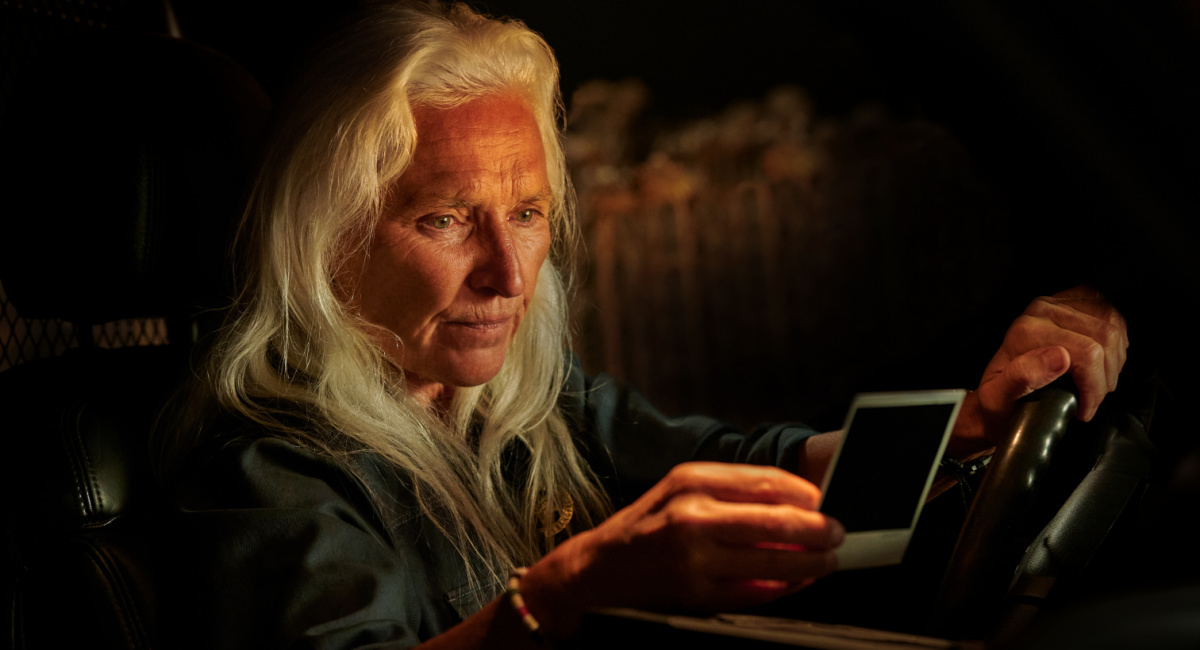
Olwen Four as Sally Hardesty in 'Texas Chainsaw Massacre.' Cr. Jana Blajeva / ©2021 Legendary, Courtesy of Netflix.
MF: Can you also talk about bringing back John Larroquette to reprise his role from the original as the narrator?
FA: Again, it was part of the thing of like, "Let's try to make it as legit as possible. Let's really go back to anybody that we would use, anything that we can do that they would've done in the original. Let's do it again." Larroquette wanted to do it. Again, using things that were available in '70s. He was, and he still is. He loved to do it. He went in, and I think he did just one take. The director said, "Can you do another one?" He's like, "What for? It's perfect." That's the take in the movie. He's a total pro, but it was one of those things that just made the moment magical for everybody involved in the movie.
MF: Do you have a favorite scare in the movie?
FA: My favorite is the sledgehammer, sledgehammer to the head, because it's when you think you didn't need more, and he just goes overboard. I personally love that tone. I think horror done right, it’s got to be right on that edge that if it goes one inch further, it is a comedy. But if it moves too far away from that line of comedy, it retreats into horror and it becomes unbearable. Something too bleak to watch. Those movies you watch and you're like, "Well, I'll run away," and you turn them off and then say, "What am I watching?" I think ideally it has to have that tone that, and the absurdity makes it funny for me. That gives you the release you need in a horror movie that can be really scary at times. So, I think that that's why that's my favorite one, the sledgehammer to head.
MF: Finally, why do you think Leatherface has remained such a popular and iconic cinematic character after all these years? What is it about him that you think audiences find so fascinating?
FA: Well, I think he represents someone's deepest fear about what you could find in the middle of nowhere in the countryside. It's that kind of a mix of hillbilly and redneck. I don't know what it is. But the reason why he attacks you is because he's scared of you. The violence of Leatherface comes out of not understanding these people that just show up from the city.
There's something about that because most of us will see ourselves as that person from the city, just terrified of that character. But you don't even see his face. He doesn't talk. But there's a true human being behind it, which is different from Michael Myers or Jason Voorhees, where they're more like ghosts. There doesn't seem to be a real person behind it.
But Leatherface is real. You can see in the movie that he's scared, that he's nervous, that he's heartbroken. You see him going through these emotions, which you never do with those other characters. So, the more humane he is, the scarier he is, and the more you feel like that character could exist in real life. So, that I think that’s what's very special about him. It's great in the original movie.
Leatherface seems to be more terrified than the kids at some points. He's running around, he made a mask, and he’s trying to hide the bodies. He gets bullied by his own family. It's a really strange character, but that's what makes him unique. It just felt real. It felt way more real than a lot of the other classic horror monsters.
To watch our exclusive interviews with actresses Sarah Yarkin and Elsie Fisher about 'Texas Chainsaw Massacre,' please click on the video player above.


